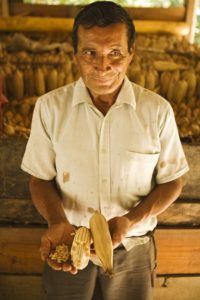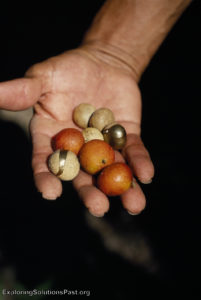The Controversy
 Misunderstanding the process of swidden agriculture or slash-and-burn, mainstream archaeologists and paleoecologists have assumed that milpa agricultural practices require widespread deforestation. However, in recent years, researchers have come to understand slash-and-burn as tools, that when used knowledgeably, are an effective means of sustainable agroforestry.
Misunderstanding the process of swidden agriculture or slash-and-burn, mainstream archaeologists and paleoecologists have assumed that milpa agricultural practices require widespread deforestation. However, in recent years, researchers have come to understand slash-and-burn as tools, that when used knowledgeably, are an effective means of sustainable agroforestry.
Slash-and-burn was perceived as a single action, not as a part of a many staged process that advances forest regrowth. Economic botanists, agroecologists, and ecological restorationists now recognize the importance of this traditional resource management system in managing local biodiversity.
Understanding the skill of milpa cycle practices helps researchers demonstrate how the ancient Maya were able to sustainably feed a large and growing population over the millennia. These methods also offer an answer for future conservation of the forest and sustainable agriculture development worldwide.

The Sustainable Milpa:
- Production intensity responds to environmental context, market demands, and household domestic cycles.
- Harbors enormous agrobiodiversity, the legacy of a millenarian forest farming civilization.
- Serves as family home garden and nursery of agroecological experimentation.
There are many myths and misconceptions about the ancient Maya, read about the facts here.